Pickleball is unique in that every point begins with the same two shots: the serve and return.
Both shots are often overlooked, especially the return. While a good return (in doubles) can be helpful, hitting a bad return can really hurt you and lead to big scoring runs for the serving team.
Here are three ways to improve you returns:
Split step as your opponent is about to strike the ball
If you have played a sport before, odds are you executed some form of a split step at some point. The split step is a key piece of footwork designed to get you in a balanced position to move as needed to hit the next shot.
You should be split stepping multiple times in a single point, but especially before hitting a return of serve.
Just like with your serve, try to establish a routine, and execute it every time before returning. Start a few feet behind the baseline, and as your opponent is about to hit their serve, take a step forward (I like to do a mini jump) and split step your feet, ensuring they are shoulder width apart.
How to Ensure You and Your Partner Always Have Proper Spacing at the Kitchen Line
The right amount of space between you and your partner at the kitchen line is essential for consistent success. We share some tips and advice for creating the right spacing.
 The Dink PickleballJason Flamm
The Dink PickleballJason Flamm
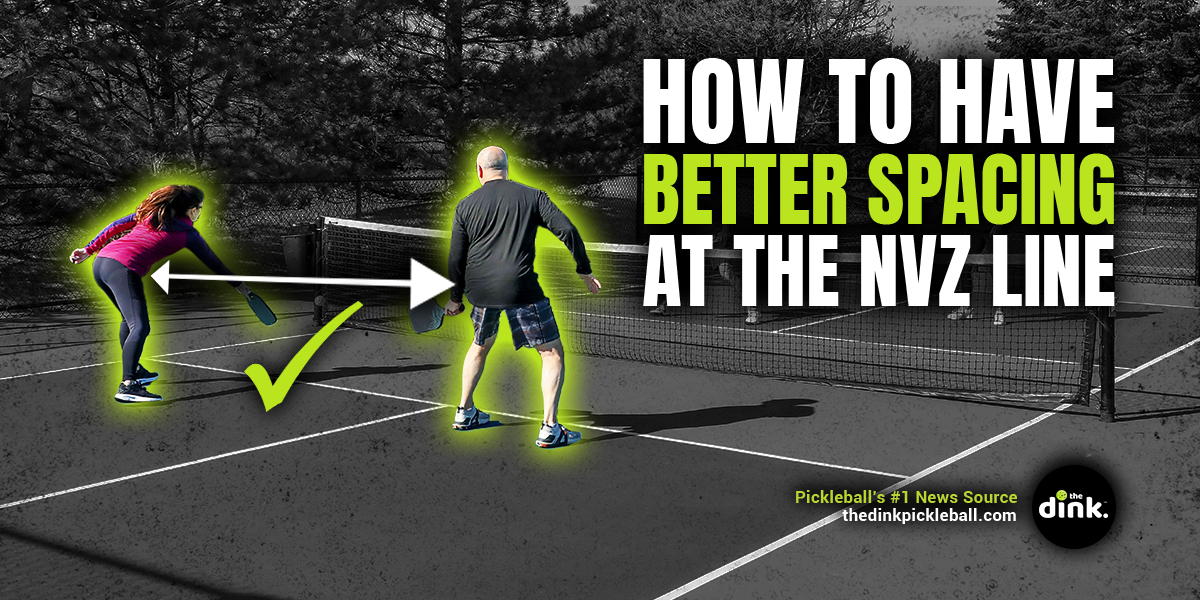
Your body should be low and your legs should be bent. This will help you hit more difficult serves that land deeper. Keep your paddle in the middle in the ready position, so you can hit either a forehand or a backhand return.
Keep your body down and your swing short
The biggest mistake amateurs make when missing returns is standing up when hitting them and taking too big of a swing. It is crucial to stay low on your return and to keep your paddle down closer to the ground too.
If your opponent hits a penetrating and heavy serve, it means the ball is going to bounce closer to the baseline and therefore be more difficult to handle. You also have a greater chance of having the ball skid off the line with a weird bounce. Both of these can be negated if you get low for the return.
Bend your legs and knees and keep your paddle closer to the ground. Not only will this help negate any funky bounces or deep serves, but it will help you swing flat through the ball and hit a deeper return.
Speaking of the swing, you want to keep your return swing as short as possible. Your opponent is generating most of the pace with their serve (assuming it isn’t a slow sitter), meaning you should be able to just take their pace and redirect the return into the court.
Imagine you are wearing a hoola hoop around your waist. You should never pull the paddle beyond that hoola hoop on your backswing. Keeping your swing short will help you avoid mistiming the ball and will help with your accuracy.
Aim for a big target and don’t run through the ball
Another common error that amateurs make when hitting returns is they move through them to try to get to the kitchen faster. Yes, getting to the kitchen quickly is important.
Four Ways to Improve Immediately as an Amateur Pickleball Player
With the popularity of pickleball continuing to skyrocket, most newbies are unclear as to how to actually get better. Our resident pro Eric Roddy shares his four tips for immediate improvement.
 The Dink PickleballEric Roddy
The Dink PickleballEric Roddy
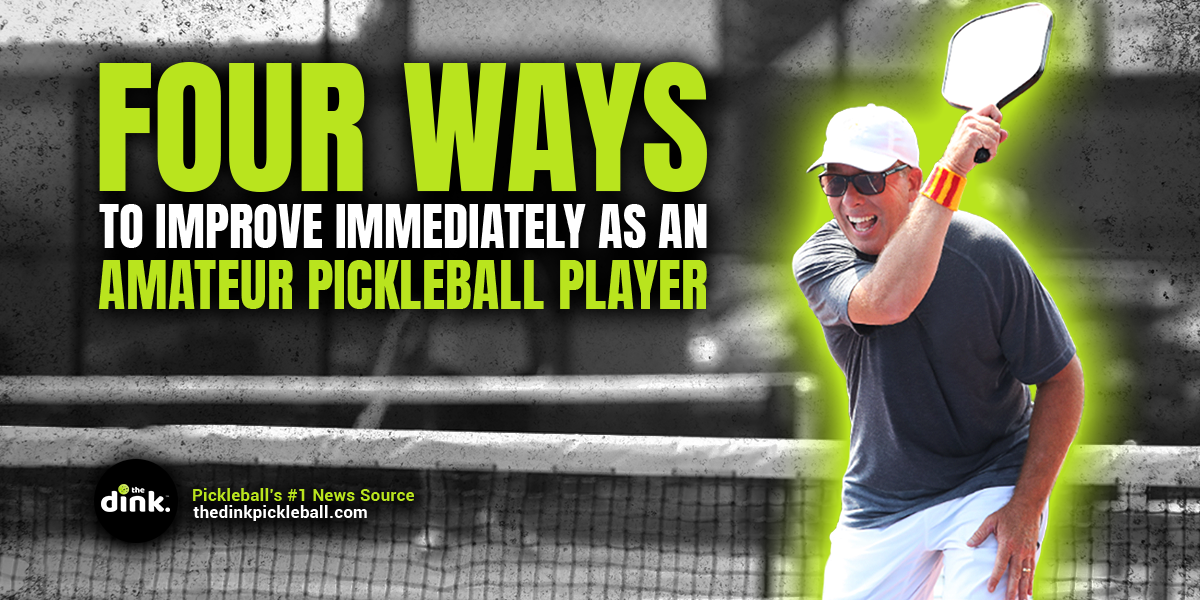
It is not, however, worth missing the return.
Take your time hitting the return. Make sure you follow your routine (including the tips mentioned above) and know that a good, deep return will actually give you more time to get to the kitchen.
Next, your target for the return is crucial. In doubles, returning to a specific opponent is usually the strategy. I like to return to the player who struggles to hit consistent third shots. Sometimes I like to return to the opponent who is better at poaching. Either way, decide a strategy for how you will return and stick to it.
Regardless of who you decide to return to, make sure you are visualizing a big target. That means not trying to hit the return perfectly on the line (either sideline or baseline), and aiming high enough above the net to clear it.
You can never go wrong with hitting a return deep to the middle. This will not only make your opponents talk about who should take it, but it will get rid of angles and give you time to make it safely to the kitchen line.
Bonus Drill: Target Cone with Returns
Now that you have some tips in your arsenal for improving your return, here is a great drill to help you execute these tips.
Get with your practice partner and take turns as the server and returner. Have the server set up a cone or target down the line about one foot from the baseline and two feet from the sideline. Starting on the right side, practice hitting your returns down the line to that target. Hit returns until you successfully hit within a foot of the cone in any direction.
Then, move the cone to the middle of the court and repeat. Finally, move the cone to the other corner and practice hitting cross-court returns. Do this drill returning from both the right and left side of the court, then switch with the server.
This drill will help you practice accuracy and developing your pre-return routine.
Enjoy the grind, and remember, you can’t dink all day if you don’t start in the morning.
Pickleball Skill Quiz
Find out your pickleball rating
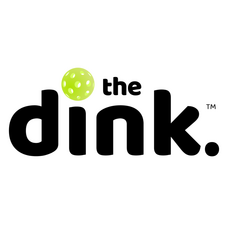 Pickleball Skill Quiz
Pickleball Skill Quiz
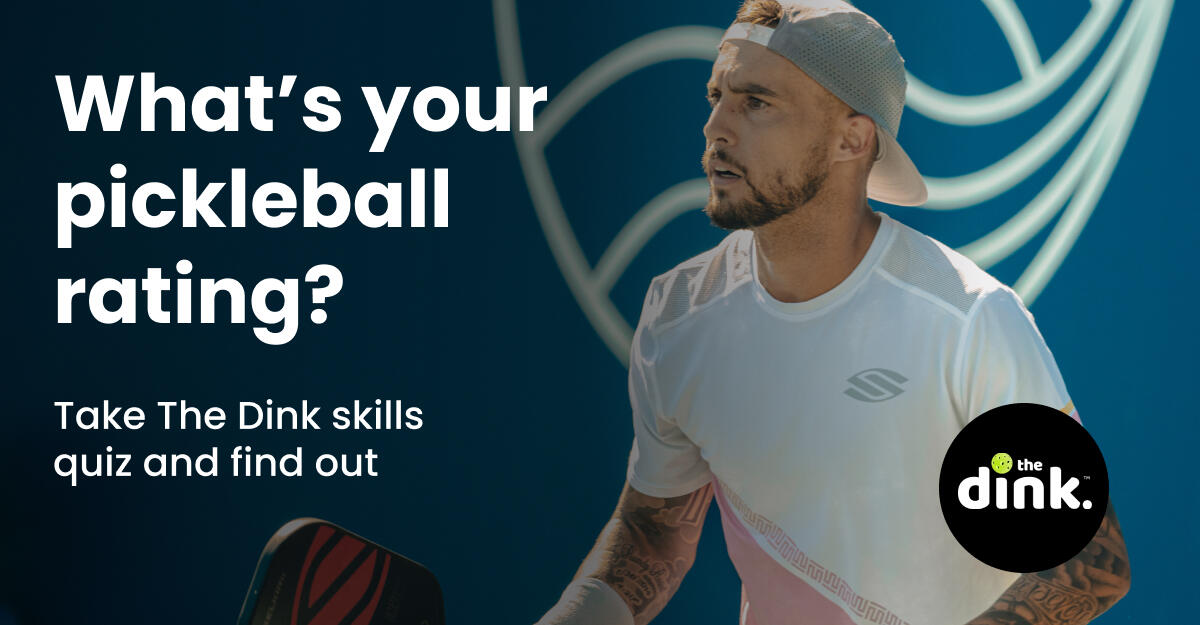
Anuncie Aqui / Advertise Here
Sua marca para o mundo Pickleball! / Your brand for the Pickleball world!

 English
English  Spanish
Spanish  Portuguese
Portuguese  German
German  Italian
Italian  Japanese
Japanese  French
French  Polish
Polish  Russian
Russian  Netherlands
Netherlands  Hungarian
Hungarian  Turkish
Turkish  Videos
Videos 
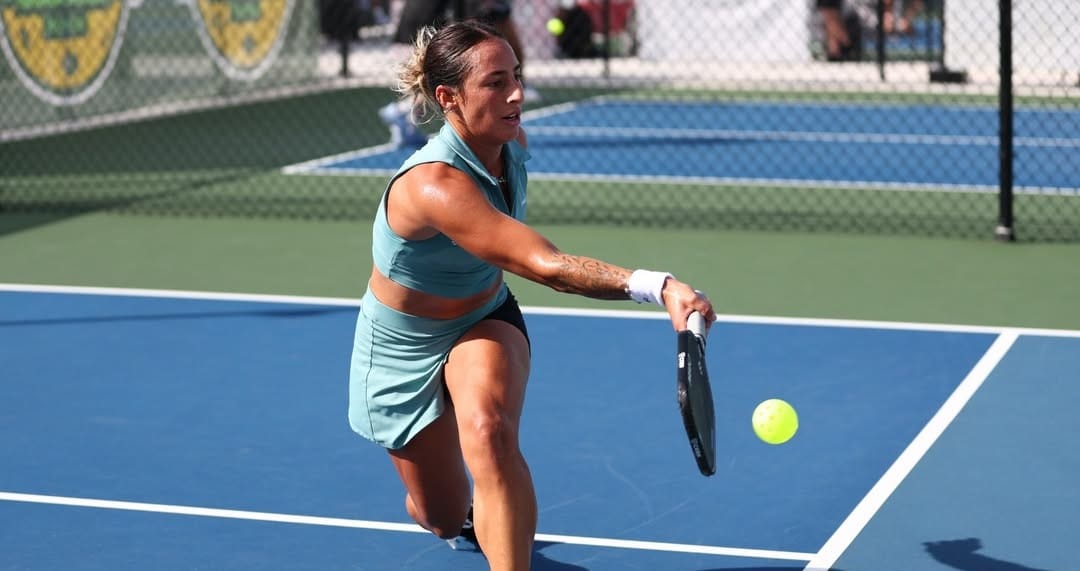
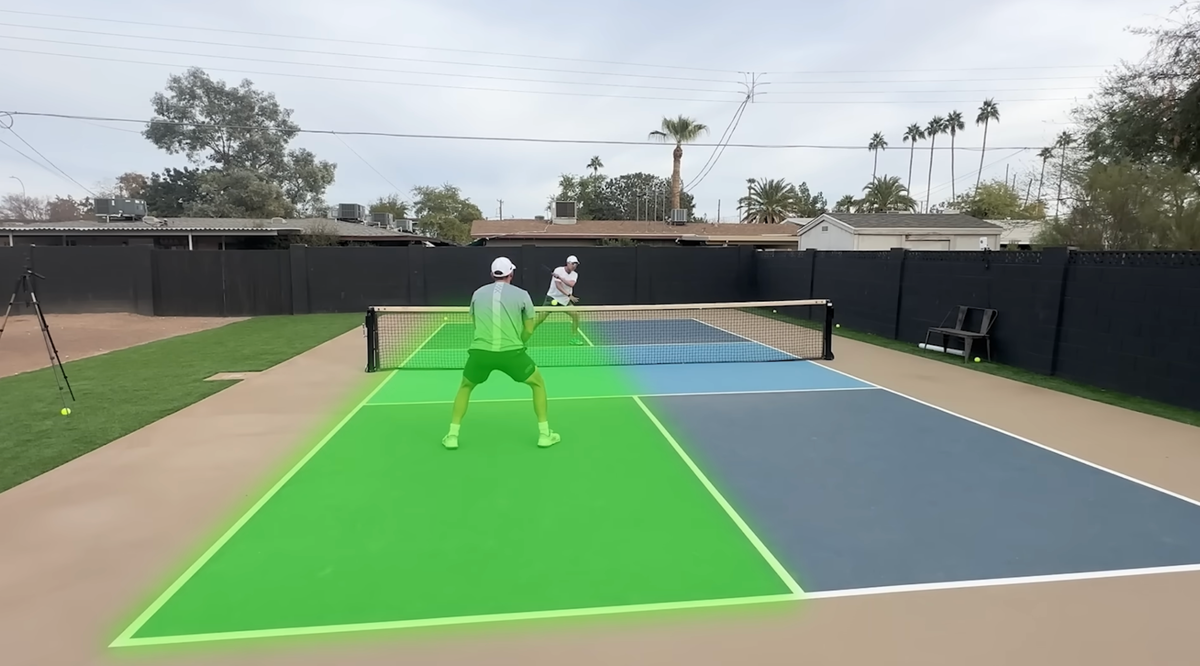
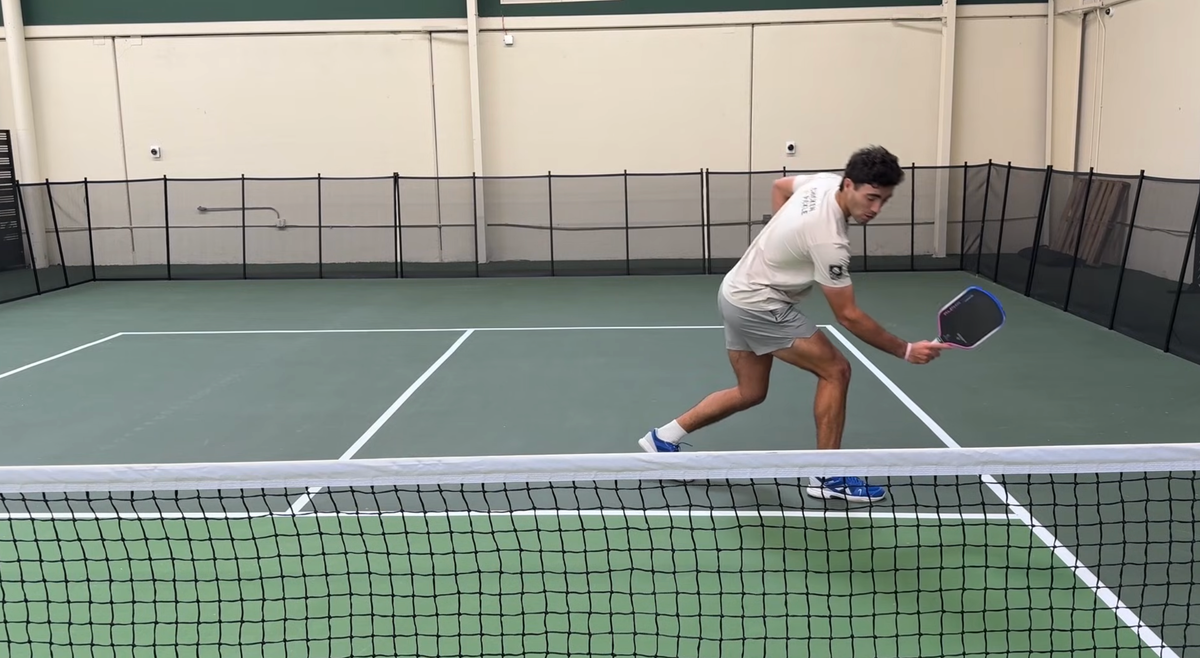
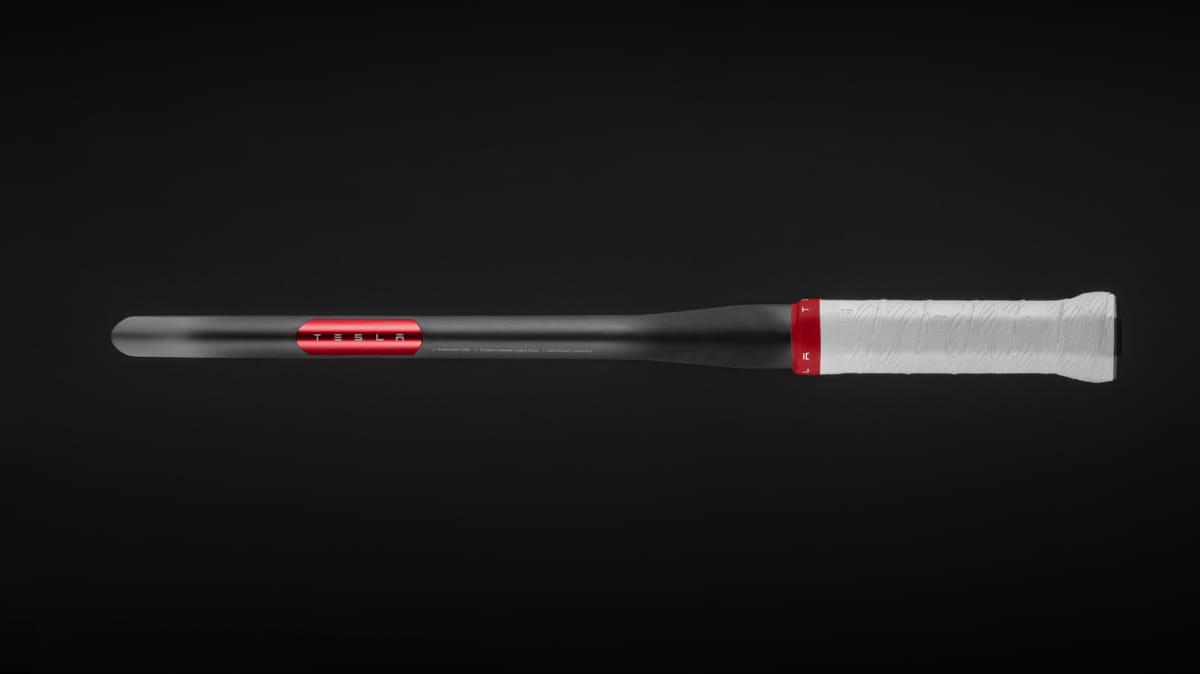




 English (US) ·
English (US) ·  Portuguese (BR) ·
Portuguese (BR) ·